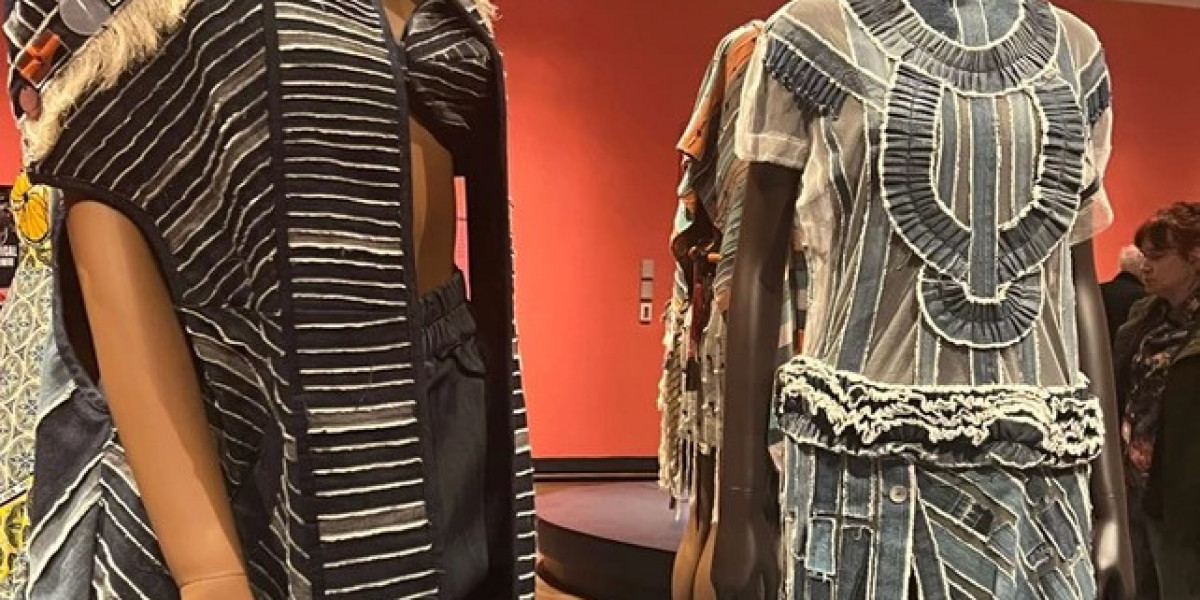The history of African clothing is filled with tradition, meaning, and vibrant beauty. For centuries, clothing in this region has served not just as daily wear, but also as a way to show culture, identity, and social roles.
Cultural Dress Across Countries
Each country in West Africa has its own clothing traditions. In Nigeria, men may wear agbadas while women wrap themselves in bright iro and buba. In Ghana, kente cloth tells stories through its colors and patterns. These outfits often reflect local values and pride.
Traditional Textile Craft
Fabric-making in West Africa is often a handmade process. People weave cloth on wooden looms, use plant-based dyes, and create detailed embroidery. Mud cloth from Mali and tie-dye fabrics from Sierra Leone are well-known examples of these skills.
Clothing with Purpose
People wear special clothing for big life events like weddings, festivals, and naming ceremonies. These outfits are often more colorful and detailed than everyday clothes, showing joy and respect for tradition.
Conclusion
Fashion in West Africa isn’t just about style—it’s a way of keeping culture alive. Through fabric, design, and tradition, West African clothing continues to tell powerful stories of heritage and identity.










